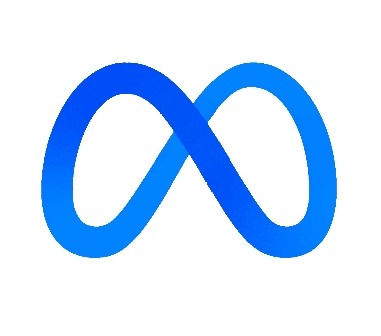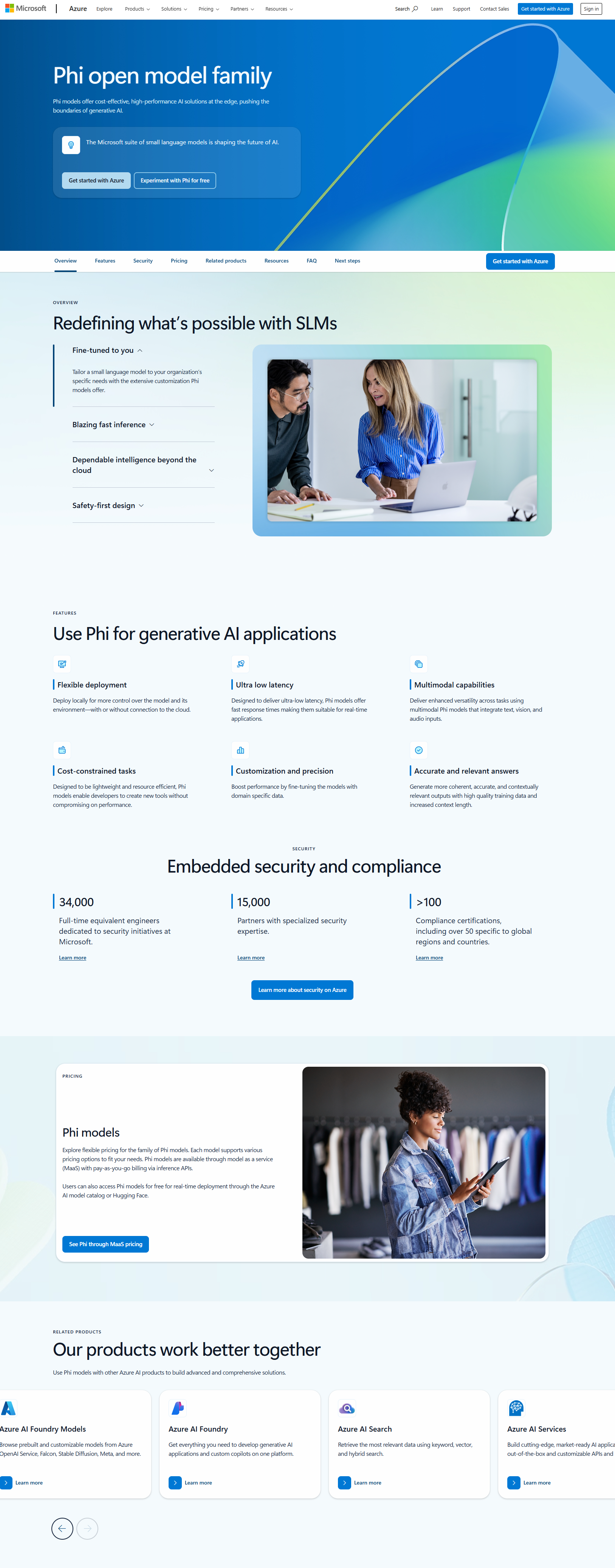Key Features
• Multimodal Capabilities
-1. Processes and generates text, images, and potentially other data types
-2. Improved understanding of complex inputs compared to GPT-3
-3. Supports image-based prompts for tasks like captioning and analysis
• Enhanced Performance
-1. Outperforms GPT-3.5 in reasoning, language comprehension, and task accuracy
-2. Handles longer contexts, up to 32,000 tokens in some versions
-3. Reduced hallucination rates for more reliable outputs
• Advanced Language Skills
-1. Superior fluency across multiple languages
-2. Better handling of nuanced instructions and creative writing
• Developer Integration
-1. Accessible via OpenAI API for custom applications
-2. Supports fine-tuning for specific use cases
-3. Compatible with tools like ChatGPT and enterprise solutions
• Safety and Alignment
-1. Improved safety measures to reduce harmful or biased outputs
-2. Trained with human feedback for better alignment with user intent
• Wide Applications
-1. Powers ChatGPT Plus, Microsoft Bing AI, and other platforms
-2. Used in education, content creation, coding, and research













